The following mini case studies explore a few high-profile companies that have managed to sustain their supply chain cost-reduction efforts and keep expenses under control. The challenges faced by these organisations and the steps they took, may provide some inspiration for successful long-term cost management within your organisation.
Deere & Company

Deere & Company (brand name John Deere) is famed for the manufacture and supply of machinery used in agriculture, construction, and forestry, as well as diesel engines and lawn care equipment. In 2014, Deere & Company was listed 80th in the Fortune 500 America’s ranking and was 307th in the 2013 Fortune Global 500 ranking.
Supply Chain Cost Reduction Challenges: Deere and Company has a diverse product range, which includes a mix of heavy machinery for the consumer market, and industrial equipment, which is made to order. Retail activity is extremely seasonal, with the majority of sales occurring between March and July.
The company was replenishing dealers’ inventory weekly, using direct shipment and cross-docking operations from source warehouses located near Deere & Company’s manufacturing facilities. This operation was proving too costly and too slow, so the company launched an initiative to achieve a 10% supply chain cost reduction within four years.
The Path to Cost Reduction: The company undertook a supply chain network-redesign program, resulting in the commissioning of intermediate “merge centers” and optimization of cross-dock terminal locations.
Deere & Company also began consolidating shipments and using break-bulk terminals during the seasonal peak. The company also increased its use of third-party logistics providers and effectively created a network that could be optimized tactically at any given point in time.
Supply Chain Cost Management Results: Deere & Company’s supply chain cost-management achievements included an inventory decrease of $1 billion, a significant reduction in customer delivery lead times (from ten days to five or less) and annual transportation cost savings of around 5%.
Intel
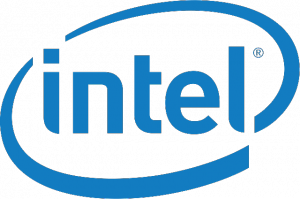
One of the world’s largest manufacturers of computer chips, Intel needs little introduction. However, the company needed to reduce supply chain expenditure significantly after bringing its low-cost “Atom” chip to market. Supply chain costs of around $5.50 per chip were bearable for units selling for $100, but the price of the new chip was a fraction of that, at about $20.
The Supply Chain Cost Reduction Challenge: Somehow, Intel had to reduce the supply chain costs for the Atom chip, but had only one area of leverage—inventory.
The chip had to work, so Intel could make no service trade-offs. With each Atom product being a single component, there was also no way to reduce duty payments. Intel had already whittled packaging down to a minimum, and with a high value-to-weight ratio, the chips’ distribution costs could not be pared down any further.
The only option was to try to reduce levels of inventory, which, up to that point, had been kept very high to support a nine-week order cycle. The only way Intel could find to make supply chain cost reductions was to bring this cycle time down and therefore reduce inventory.
The Path to Cost Reduction: Intel decided to try what was considered an unlikely supply chain strategy for the semiconductor industry: make to order. The company began with a pilot operation using a manufacturer in Malaysia. Through a process of iteration, they gradually sought out and eliminated supply chain inefficiencies to reduce order cycle time incrementally. Further improvement initiatives included:
- Cutting the chip assembly test window from a five-day schedule, to a bi-weekly, 2-day-long process
- Introducing a formal S&OP planning process
- Moving to a vendor-managed inventory model wherever it was possible to do so
Supply Chain Cost Management Results: Through its incremental approach to cycle time improvement, Intel eventually drove the order cycle time for the Atom chip down from nine weeks to just two. As a result, the company achieved a supply chain cost reduction of more than $4 per unit for the $20 Atom chip—a far more palatable rate than the original figure of $5.50.
3 Ways to Effectively Combat Emerging Supply Chain Vulnerabilities
Starbucks
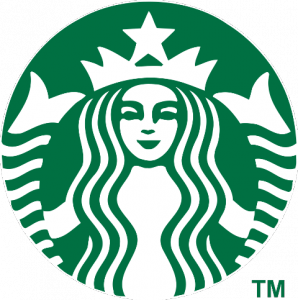
Like Intel, Starbucks is pretty much a household name, but like many of the most successful worldwide brands, the coffee-shop giant has been through its periods of supply chain pain. In fact, during 2007 and 2008, Starbucks leadership began to have severe doubts about the company’s ability to supply its 16,700 outlets. As in most commercial sectors at that time, sales were falling. At the same time, though, supply chain costs rose by more than $75 million.
Supply Chain Cost Reduction Challenges: When the supply chain executive team began investigating the rising costs and supply chain performance issues, they found that service was indeed falling short of expectations. Findings included the following problems
- Fewer than 50% of outlet deliveries were arriving on time
- Several poor outsourcing decisions had led to excessive 3PL expenses
- The supply chain had, (like those of many global organisations) evolved, rather than grown by design, and had hence become unnecessarily complex
The Path to Cost Reduction: Starbucks’ leadership had three main objectives in mind to achieve improved performance and supply chain cost reduction. These were to:
- Reorganize the supply chain
- Reduce cost to serve
- Lay the groundwork for future capability in the supply chain
To meet these objectives, Starbucks divided all its supply chain functions into three main groups, known as “plan” “make” and “deliver”. It also opened a new production facility, bringing the total number of U.S. plants to four.
Next, the company set about terminating partnerships with all but its most effective 3PLs. It then began managing the remaining partners via a weekly scorecard system, aligned with renewed service level agreements.
Supply Chain Cost Management Results: By the time Starbucks had completed its transformation program, it had saved more than $500 million over the course of 2009 and 2010, of which a large proportion came out of the supply chain, according to Peter Gibbons, then Executive Vice President of Global Supply Chain Operations.
AGCO
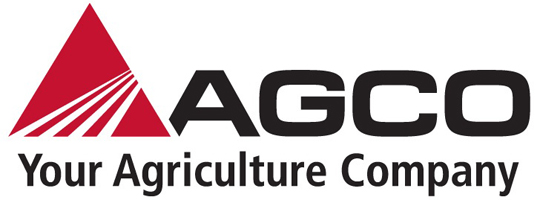
Like Deere & Company, AGCO is a leading global force in the manufacture and supply of agricultural machinery. The company grew substantially over the course of two decades, achieving a considerable portion of that growth by way of acquisitions.
As commonly happens when enterprises grow in this way, AGCO experienced increasing degrees of supply chain complexity, along with associated increases in cost, but for many years, did little to address the issue directly, primarily due to the decentralized and fragmented nature of its global network.
In 2012, AGCO’s leaders recognised that this state of affairs could not continue and decided to establish a long-term program of strategic optimisation.
Supply Chain Cost Reduction Challenges: With five separate brands under its umbrella, AGCO’s product portfolio is vast. At the point when optimisation planning began, sourcing and inbound logistics were managed by teams in various countries, each with different levels of SCM maturity, and using different tools and systems.
As a result of the decentralised environment, in which inbound logistics and transport management were separate operational fields, there was insufficient transparency in the supply chain. The enterprise as a whole was not taking advantage of synergies and economies of scale (and the benefits of the same). These issues existed against a backdrop of a volatile, seasonal market.
The Path to Cost Reduction: Following a SCOR supply chain benchmarking exercise, AGCO decided to approach its cost reduction and efficiency goals by blending new technology—in the form of a globally integrated transport management system (TMS)—with a commitment to form a partnership with a suitably capable 3PL provider.
As North and South American divisions of the company were already working with a recently implemented TMS, leaders decided to introduce the blended approach in Europe, with commitments to replicate the model, if successful, in its other operating regions.
With the technology and partnership in place, a logistics control tower was developed, which integrates and coordinates all daily inbound supply activities within Europe, from the negotiation of carrier freight rates, through inbound shipment scheduling and transport plan optimisation to self-billing for carrier payment.
Supply Chain Cost Management Results: Within a year and a half of their European logistics solution’s go-live, AGCO achieved freight cost reductions of some 18%, and has continued to save between three and five percent on freight expenditure, year-on-year, ever since. Having since rolled the new operating model out in China and North America, the company has reduced inbound logistics costs by 28%, increased network performance by 25% and cut inventory levels by a quarter.
Making Supply Chain Cost Reductions Stick
Of course, the above case studies are merely summaries of the changes these high-profile brands made to their supply chains. What can be seen from these brief accounts, though, is that for an enterprise to make significant and sustainable cost improvements, substantial change must take place.
- Deere & Company had to overhaul its network completely.
- Intel had to shift an entire supply chain to a new and previously unheard of strategy in its sector.
- Starbucks had to shake up its third-party relationships and increase production capacity.
- AGCO had to invest in technology and collaborative partnerships with external service providers.
- Terex had to implement costly (but effective) RFID tracking capabilities.
At the same time, none of the changes took place overnight. Each of the companies tackled issues in phases, effectively learning more as they went along.
You Won’t Find Savings in the Comfort Zone
When it comes to making supply chain cost reductions that stick, you should explore every avenue. However, at the root of high costs, there will usually be one major factor requiring innovation, whether it’s the network, inventory strategy, the working relationships with supply chain partners, or some other element of your operation.










































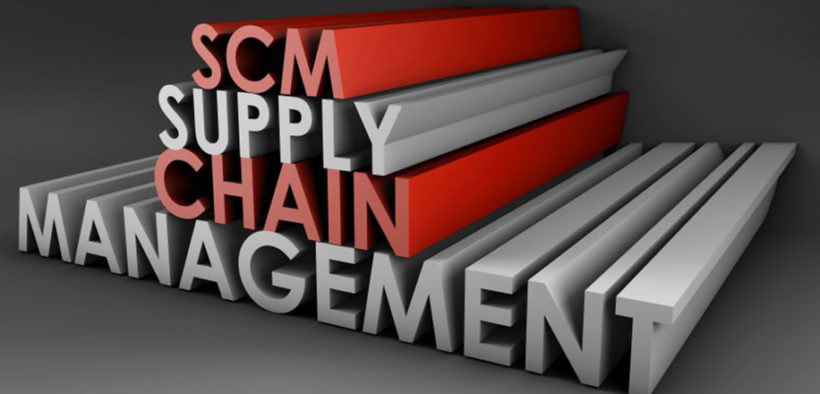


















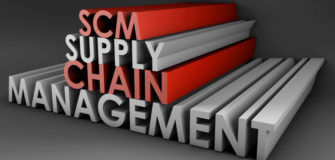
Follow us on social media